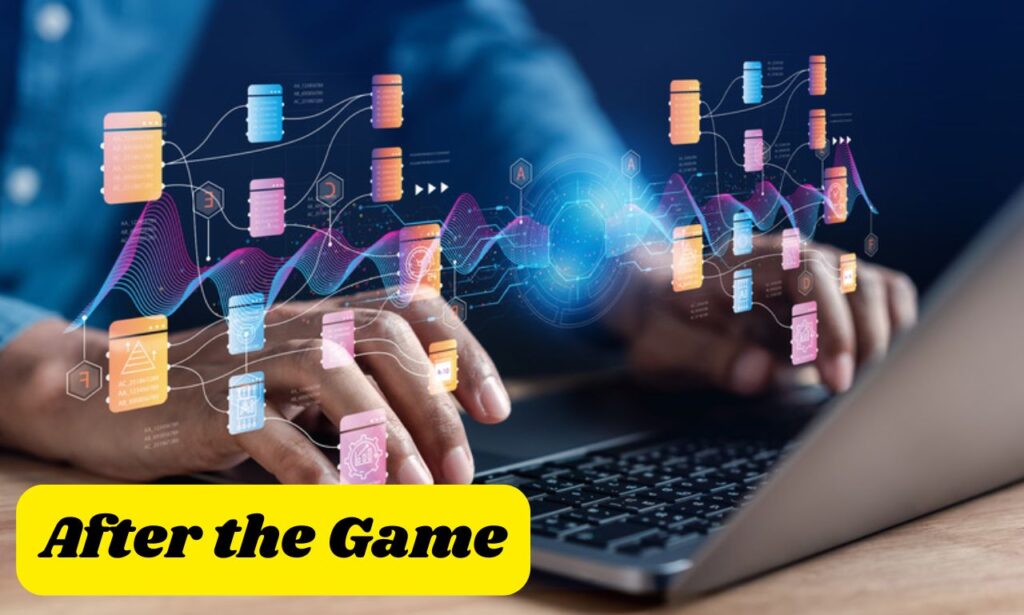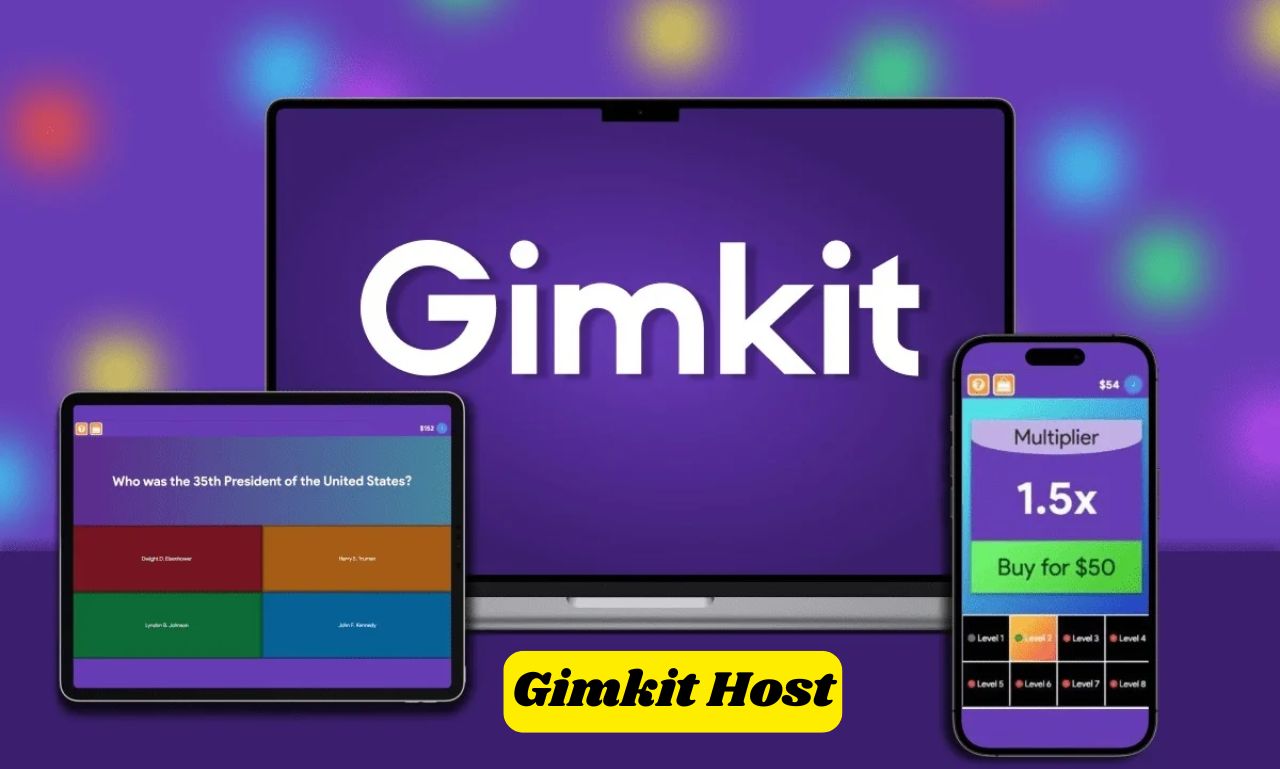In today’s digital classroom, educational gaming has transformed how teachers connect with students. Gimkit stands out as a powerful learning platform that brings fun and education together.
As a teacher or educator, hosting Gimkit games can revolutionize your teaching approach and boost student engagement. This comprehensive guide will walk you through everything you need to know about being an effective Gimkit host.
What Does It Mean to Host a Gimkit Game?
Hosting a Gimkit game puts you in the driver’s seat of an interactive learning experience. As a host, you control the game flow, monitor student performance, and adjust settings in real time. Unlike traditional quizzes, Gimkit uses game mechanics to make learning feel like play. The host’s role goes beyond just starting a game you become a facilitator of knowledge reinforcement through strategic gameplay.
When you host a Gimkit session, you’re creating a space where classroom competition meets education. Students answer questions using the question-answer format while earning virtual currency. This approach taps into natural competitiveness and turns it into productive learning. Your hosting abilities directly impact the learning outcomes as you guide the experience from beginning to end.
The host dashboard gives you access to valuable real-time analytics during gameplay. You can see who’s thriving and who needs help without interrupting the flow. This immediate feedback loop makes Gimkit hosting a powerful tool for formative assessment that traditional methods can’t match.
Prerequisites to Hosting a Game on Gimkit
Before diving into your first hosted session, you’ll need to set up a few things. First, create a teacher account on the Gimkit website. The platform offers both free and premium options, with the free version providing enough features to get started with digital quizzes.
Your classroom technology setup matters too. A stable internet connection is essential for smooth hosting. Most schools have sufficient bandwidth, but it’s worth checking before a big game session. Students will need access to devices computers, tablets, or smartphones all work well with Gimkit’s responsive design.

Content preparation comes next. You’ll need to create a “Kit” or use an existing one from the library. These Kits contain your questions and answers, forming the backbone of the game. Spending time crafting good questions pays off in better content retention and more meaningful interactive assessment.
Familiarize yourself with the different game modes before hosting. Each mode offers unique instructional design benefits. Classic mode works well for review sessions, while Team mode encourages collaborative learning. Understanding these options helps you select the right format for your specific learning objectives.
Step-by-Step Guide to Hosting a Gimkit Game
- Log into your Gimkit teacher account and navigate to your dashboard to access your content library.
- Select an existing Kit with prepared questions or create a new one tailored to your current learning objectives.
- Choose the appropriate game mode (Classic, Team, Trust No One, etc.) based on your classroom goals and student engagement needs.
- Customize game settings including time limits, point values, power-ups, and other gameplay mechanics to match your lesson plan.
- Generate a unique game code through the platform that students will use to join your specific game session.
- Review all settings and configurations before launching to ensure the game aligns with your available class time and educational goals.
- Prepare your classroom display or sharing method to make the joining process smooth for all participants.
Launching and Sharing Your Gimkit Game
With your game configured, it’s time to get students connected. Display the game code prominently for your class to see. This five-character code is their ticket into the game environment. Students navigate to gimkit.com/join or use the Gimkit app to enter this code.
For remote learning situations, share the code through your virtual classroom platform. Many teachers post it in chat functions or send it through email. As students join, their names appear in the lobby, letting you track participation rates in real time.
READ THIS BLOG: DigitalRGS: Apple Devices & Tips for Everyday Users
Monitor the joining process to ensure everyone connects successfully. Common issues include typos in the game code or connectivity problems. Having students work in pairs can help if device availability is limited. This approach has the added benefit of encouraging peer teaching.
When everyone has joined, you can start the game with a single click. The transition from lobby to active game happens instantly for all participants. At this point, your role shifts from setup to monitoring and management as students begin answering questions and earning points.
Real-Time Hosting Features and Controls
Once your game is live, Gimkit offers powerful tools to manage the experience. The host dashboard displays live data visualization of student progress. You can see who’s answering correctly, who’s struggling, and how the overall class is performing without interrupting gameplay.
Use the pause feature when you need everyone’s attention. This temporarily freezes the game and is perfect for mid-game discussions or clarifications. The ability to pause and resume gives you complete control over pacing and creates opportunities for just-in-time teaching moments.
The teacher dashboard also allows you to remove inappropriate player names or kick disruptive players if necessary. These moderation tools ensure the game remains focused on learning. You can also adjust time limits mid-game if you notice students need more or less time than originally planned.
Pay attention to the engagement metrics as students play. These indicators show how actively students are participating. High engagement typically correlates with better cognitive engagement with the material. If you notice engagement dropping, consider using the announcement feature to encourage participation or give hints.
After the Game: Review and Analytics
When the game concludes, Gimkit provides comprehensive behavioral analytics that transform gameplay into actionable insights. The summary screen shows overall performance metrics, while detailed reports break down individual student achievements and challenge areas.
These analytics offer valuable information for your next lesson plan. Look for patterns in incorrect answers to identify concepts that need reinforcement. Strong performance areas indicate topics where students have mastered the material and can move forward.

Export options allow you to save data for grading purposes or long-term knowledge assessment. These records help track progress over time and demonstrate growth. Parents appreciate seeing concrete evidence of learning during conferences.
Take time to discuss the game results with students. This reflection period helps cement learning and gives students ownership of their progress. Ask what strategies worked well and what they might do differently next time. This metacognitive discussion enhances the educational value of the gaming experience.
Pro Tips to Host Better Gimkit Sessions
Experienced Gimkit hosts develop strategies to maximize engagement and learning. Start by creating themed games that connect to your curriculum in meaningful ways. Seasonal themes or current events can make quiz platforms feel fresh and relevant to students.
Consider using the team mode to encourage collaborative learning among students. This approach helps build communication skills alongside content knowledge. Teams can discuss strategies and share insights, creating a richer learning environment than individual play.
Customize power-ups to match your educational goals. These special abilities add variety to gameplay and can be tailored to reinforce specific skills. Strategic power-up design can turn a simple quiz into a complex thinking exercise that requires planning and prioritization.
Frequently Asked Questions
How do I create custom questions for my Gimkit game?
Create a new Kit from your dashboard, enter your questions and answers, then save. You can include images and multiple answer options for more engaging content.
Can students see each other’s scores during gameplay?
Yes, the leaderboard displays top performers by default. You can disable this feature in game settings if you prefer to minimize competition.
What’s the ideal length for a Gimkit session?
Most teachers find 15-20 minutes optimal—long enough for meaningful practice but short enough to maintain high engagement throughout.
How many students can join a single Gimkit game?
Gimkit supports large classes with up to 100 students in a single game, making it suitable for virtually any classroom size.
Can I assign Gimkit games as homework?
Yes, Gimkit offers homework mode where students can complete games outside class time with results recorded for your review.
Conclusion
Mastering the art of Gimkit hosting opens new possibilities for dynamic, engaging classroom experiences. When used thoughtfully, this gamification tool creates memorable learning moments that students genuinely enjoy. The combination of immediate feedback, friendly competition, and game-based incentives makes Gimkit a standout among edtech solutions.
The best Gimkit hosts recognize that the platform’s true value lies not in its entertainment factor but in how it transforms classroom participation and deepens understanding. By thoughtfully designing games, monitoring performance, and using analytics to inform instruction, you can leverage Gimkit to achieve impressive educational results.

SEO expert focused on boosting online visibility and driving organic traffic. Passionate about data analysis, strategy, and the latest digital marketing trends.















